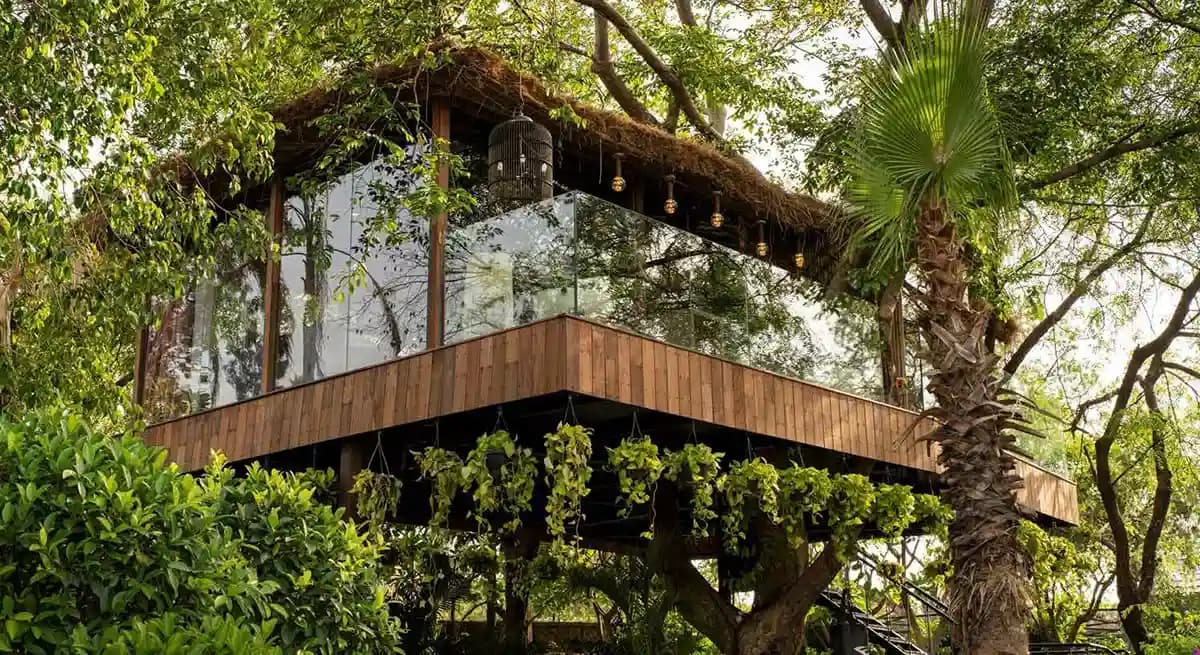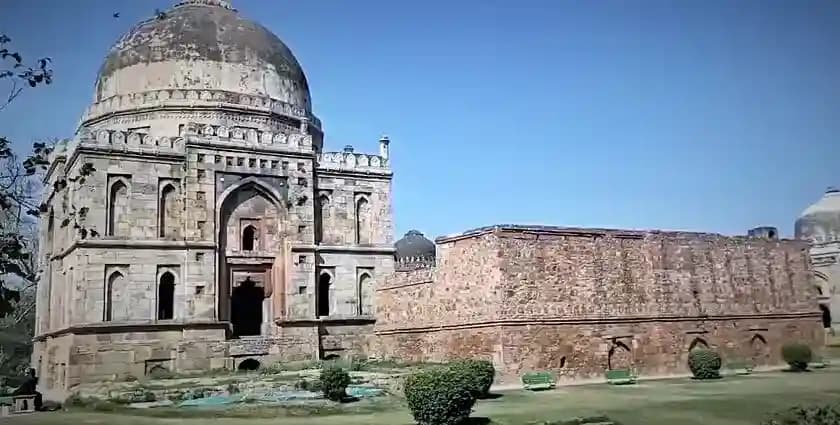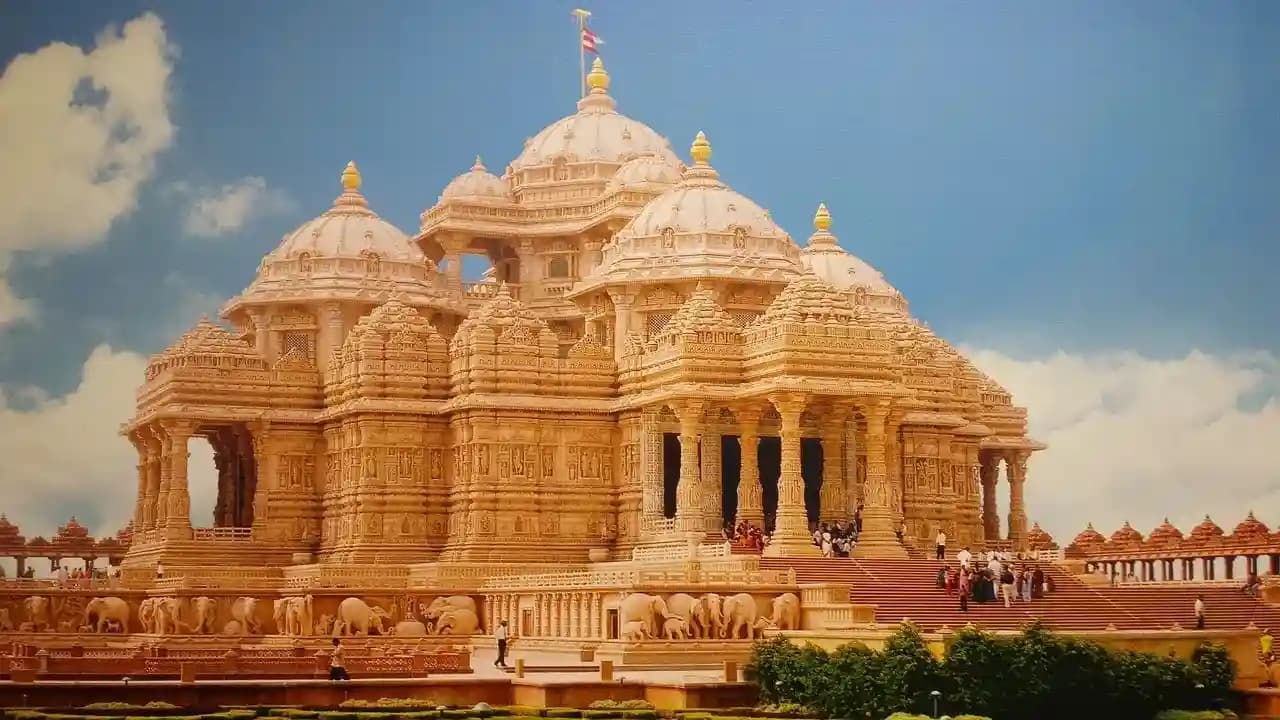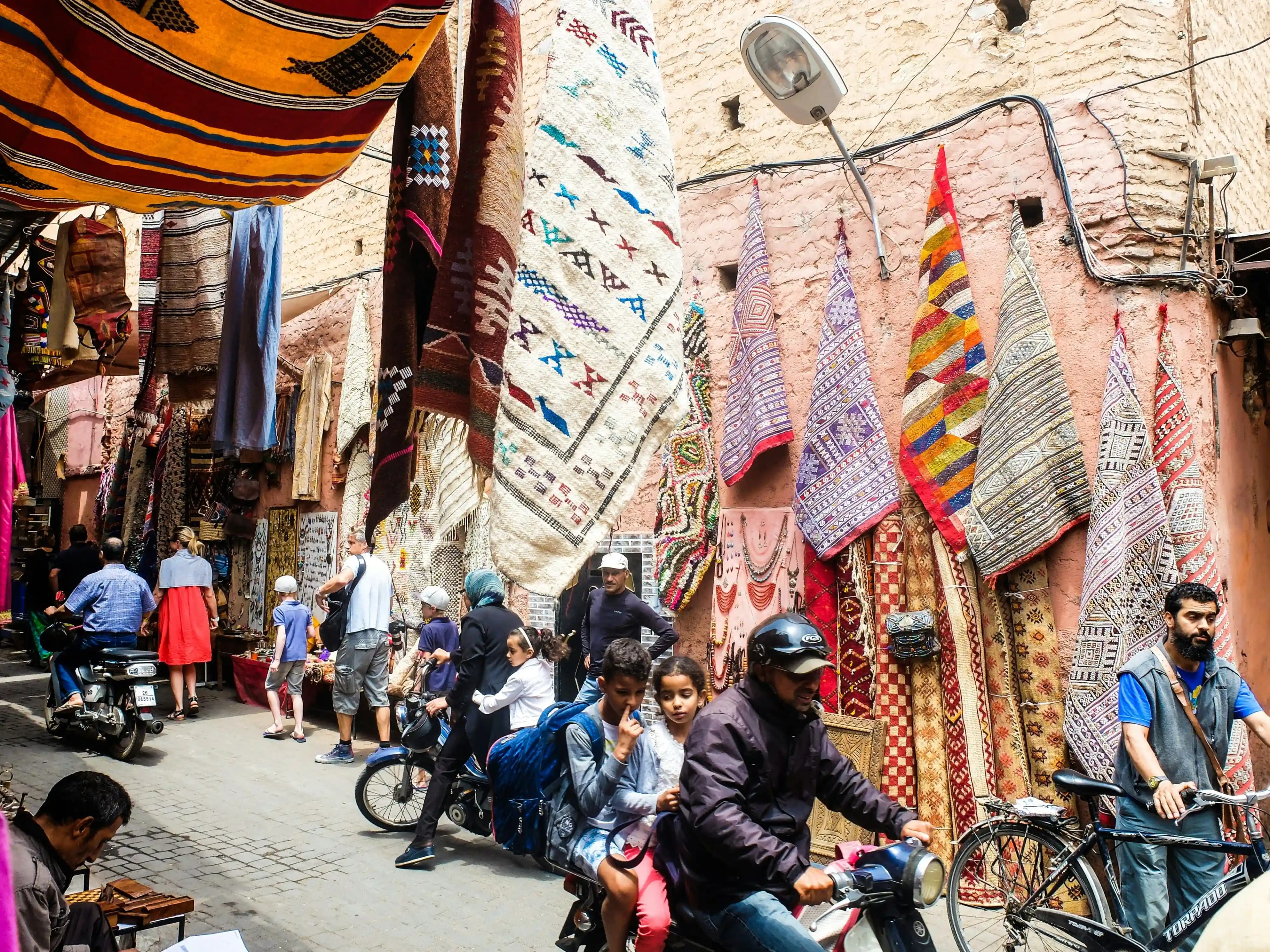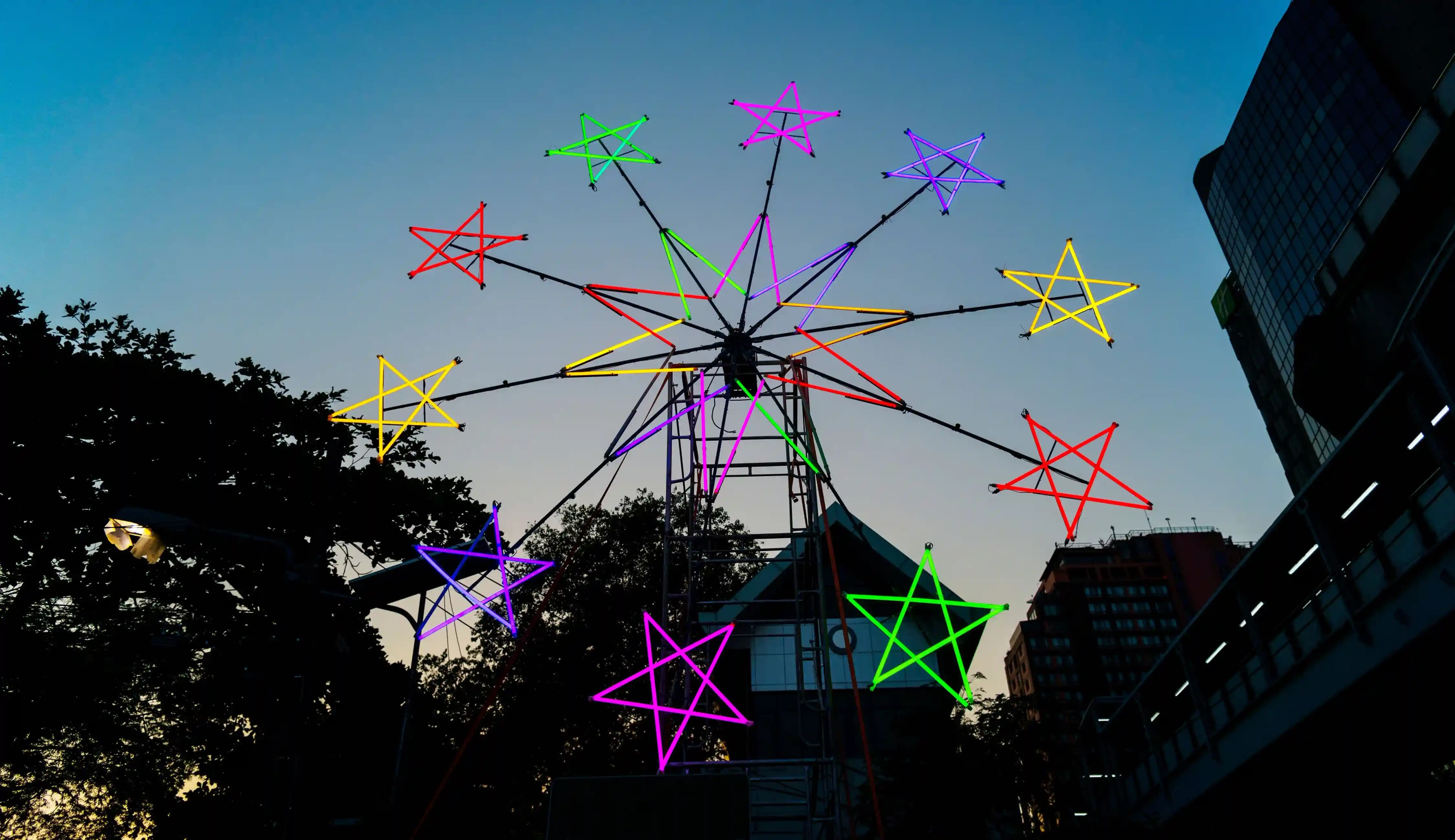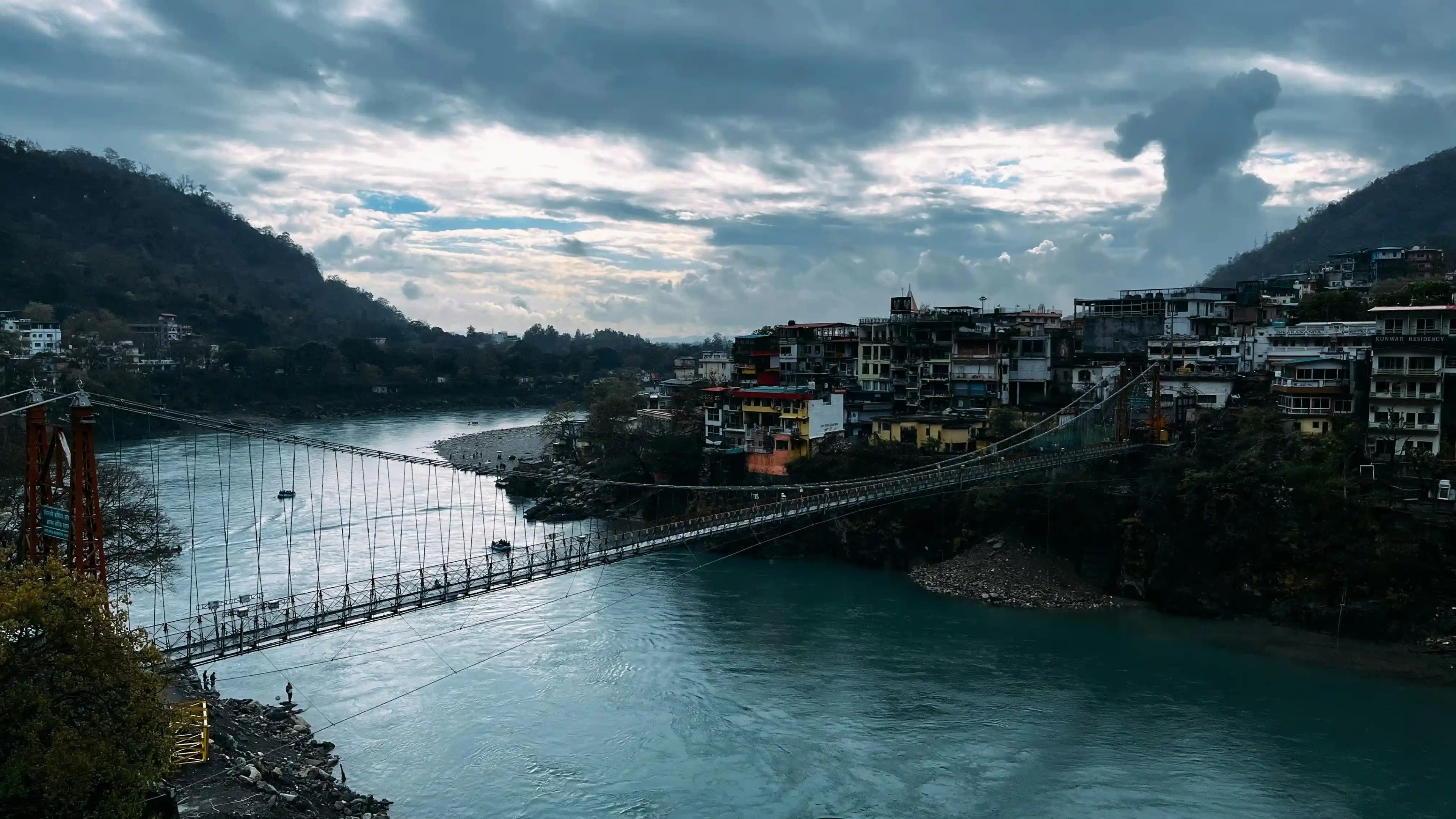Kashmir, sometimes known as "Paradise on Earth," is a stunningly gorgeous location in northern India. It is famous for its breathtaking scenery, beautiful mountains, serene lakes, and cultural diversity. Exploring Kashmir's magnificent Mughal Gardens is one of the delights of the tour. These are not simply gardens, but a living witness to the brilliant Mughal Empire, with a beautiful blend of Persian, Islamic, and Indian architectural traditions. If you're planning a vacation to Srinagar, seeing the gardens here is a must. So, let us take a leisurely stroll around these wonderful gardens, discovering their history, beauty, and attraction.
The Mughal Gardens of Kashmir were constructed under the Mughal era in India, namely in the 16th and 17th centuries. The Mughals loved gardens and considered them a key element of their lifestyle. They designed these stunning gardens to express their love of nature while also displaying their authority and wealth. Inspired by Persian and Islamic garden styles, the Mughals converted Kashmir's tranquil views into exquisite paradises.
The Mughal rulers aimed to recreate the Garden of Eden on Earth, a location where people can relax, appreciate the natural beauty, and indulge in poetry and art. Srinagar, with its mild environment, clear waterways, and gorgeous mountains, made an ideal background for these stunning gardens. Today, these gardens serve as a reminder of the Mughal era's creative and architectural excellence.
Best Time To Visit Mughal Gardens:
The best time to visit Srinagar's Mughal Gardens is probably in the spring. As the severe winter gives way to the pleasant warmth of April, the gardens bloom with an explosion of colors. This is the time of year when tulips, daffodils, hyacinths, and other flowers are in full bloom, resulting in a vivid carpet of hues that is a visual feast. The cool wind, fresh blooms, and lush green surrounds make this the ideal time to wander through the gardens.
Nishat Bagh: The Garden of Bliss
The first feature on our list is the breathtaking Nishat Bagh, often known as the "Garden of Joy" or "Garden of Bliss." Asif Khan built this garden on the east side of Dal Lake. Nishat Bagh is a scenic pleasure, with the towering Zabarwan mountains in the backdrop and the peaceful Dal Lake in the foreground.
The garden consists of twelve terraces, each symbolizing a zodiac sign, and has a central water channel ornamented with fountains and surrounded by towering Chinar and Cypress trees. As you travel around the garden, you'll be captivated by the sight of vivid flower beds, well-kept lawns, and the relaxing sound of water cascading through fountains. The garden gives wonderful views of the snow-covered Pir Panjal mountain range, making it an excellent spot for photography enthusiasts.
Shalimar Bagh: The Abode of Love
Next up comes Shalimar Bagh, Srinagar's biggest Mughal garden. Shalimar Bagh, built in 1619 by Emperor Jahangir for his loving wife, Nur Jahan, is also known as the "Abode of Love." The garden comprises around 31 acres and is constructed in the classic Persian style, with three layered sections: the general garden (Diwan-e-Aam), the private garden (Diwan-e-Khas), and the women's section (Zenana).
Shalimar Bagh is well-known for its sophisticated water features, especially the Shah Nahr (Royal Canal), which is supplied by Dal Lake. The canal is adorned with black marble fountains, and the sound of water running through them provides a relaxing atmosphere. The park also features Chinar trees, flowerbeds, and pavilions where Mughal monarchs could relax and appreciate nature's splendor. One of Shalimar Bagh's most remarkable features is the stunning black pavilion on the center terrace, which is adorned with elaborate carvings and rich murals.
Chashme Shahi: The Royal Spring
Chashme Shahi, also known as the "Royal Spring," is a small but charming Mughal garden in Srinagar. It was built by Shah Jahan in 1632 and is known for its freshwater spring, which is thought to have medicinal properties. The garden is built on a slope and features an array of fountains and pools, creating a delightful sight.
Chashme Shahi is famed for its beautiful lawns, vibrant flowers, and aromatic fruit trees. The garden's plan is basic yet lovely, with a central water channel running the length of the area. The pure mountain air, along with the sound of water and the aroma of flowering flowers, make Chashme Shahi an ideal spot to unwind and recharge. The garden also provides spectacular views of Dal Lake and the neighboring mountains, making it a popular destination for nature enthusiasts and photographers.
Tips for Visiting the Mughal Garden
Schedule your visit early on: If you visit during peak season (spring or summer), try to arrive early in the morning to beat the crowds and enjoy the gardens in solitude.
Carry a Camera: The Mughal Gardens are a photographer's dream, so don't forget to bring your camera or smartphone to capture the breathtaking scenery.
Wear Comfortable Shoes: Because the gardens are large, with terraces and pathways, wear shoes that are comfortable to stroll in and explore.
Stay Hydrated: Even during the warmer months, bring a water bottle with you to stay hydrated while exploring.
Respect the Gardens: The Mughal Gardens are more than simply tourist attractions; they are cultural and historical treasures. Help maintain their beauty by not polluting and appreciating them.
Conclusion
The Mughal Gardens of Srinagar combine natural beauty, historical importance, and architectural excellence. Whether you visit in the spring to see the colorful blossoms, in the summer for a cool getaway, in the fall for the golden hues, or in the winter for a snowy wonderland, these gardens provide a memorable experience. Each season has its own allure, making the Mughal Gardens a year-round attraction that captures the hearts of people from all over the world. So pack your luggage, find the perfect time for you, and prepare to be amazed by the ageless beauty of Srinagar's Mughal Gardens!
Frequently Asked Questions (FAQs):
1. When is the best time to visit the Mughal Gardens?
The best time to visit the Mughal Gardens is in the spring (March to early May), when the flowers are in full bloom and the gardens are bright with color. Autumn (September to November) is also a beautiful season, with the gardens drenched in golden hues from changing leaves.
2. How do I go to the Mughal Gardens in Srinagar?
The Mughal Gardens are located near Srinagar's Dal Lake. You may get there by using a cab, an auto rickshaw, or driving yourself. They are well connected by road to various sections of the city.
3. Are the Mughal Gardens good for family outings?
Absolutely! The Mughal Gardens are ideal for families, with broad areas, picturesque scenery, and secure paths. They are ideal for picnics, leisurely strolls, and outdoor activities with youngsters and senior family members.
4. Is photography permitted in the Mughal Gardens?
Yes, photography is permitted in the Mughal Gardens, which offer fantastic opportunities to capture breathtaking vistas, flower displays, and ancient buildings. Professional event photography may require additional authorization.
5. Are there any amenities inside the gardens?
The gardens often provide basic amenities such as seats, bathrooms, and drinking water. Some of the most popular gardens may feature tiny snack bars or sellers offering beverages outside.




